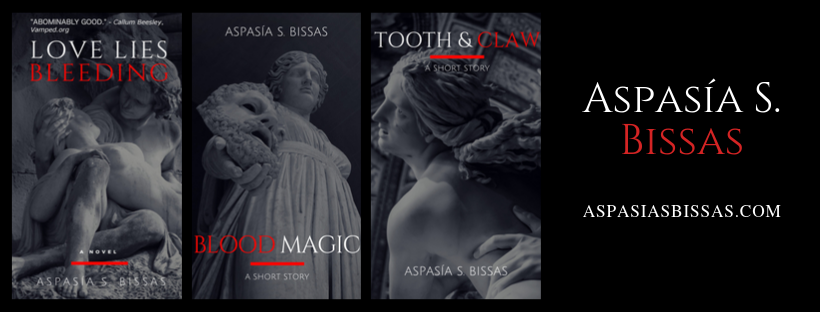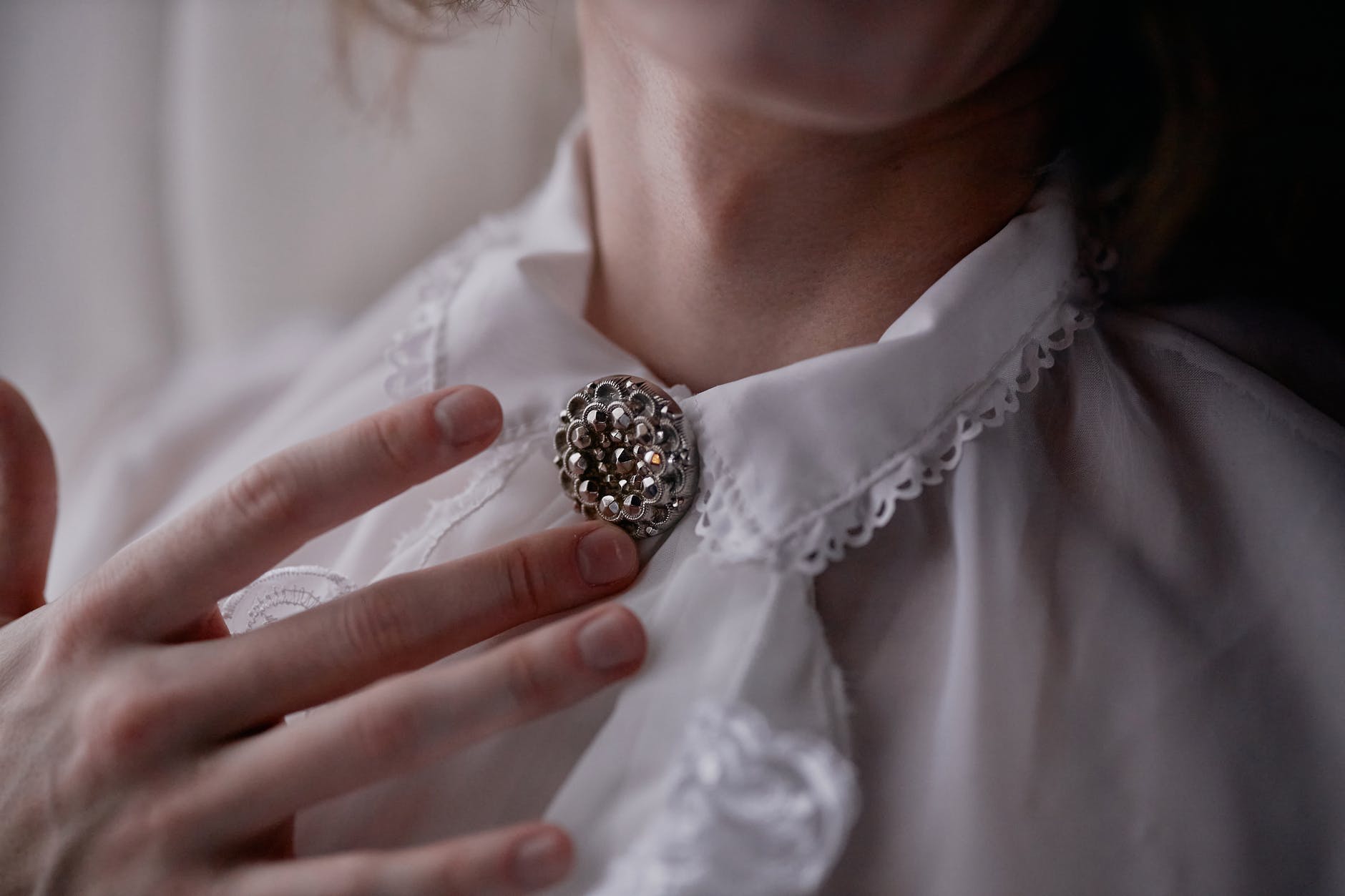
In this post I'll be exploring the life and work of George Gordon Byron, better known as Lord Byron: poet, adventurer, freedom fighter, the original celebrity, cursed soul, granddaddy of goths, and the first modern vampire (probably not literally).“The Giaour”
lines 757–768:
But first, on earth as vampire sent,
Lord Byron, 1812 (published in 1813)
Thy corse shall from its tomb be rent:
Then ghastly haunt thy native place,
And suck the blood of all thy race;
There from thy daughter, sister, wife,
At midnight drain the stream of life;
Yet loathe the banquet which perforce
Must feed thy livid living corse:
Thy victims ere they yet expire
Shall know the demon for their sire,
As cursing thee, thou cursing them,
Thy flowers are withered on the stem.
If you weren’t aware, vampires weren’t always the charismatic, sexy, human-seeming creatures we know them as these days. The vampires of times past were generally monstrous, charmless, and often more like zombies than what we now consider vampires to be (take a look at my post A Further 5 Vampires You May Not Have Heard Of). That all changed with Lord Byron.
When Byron was born in 1788, he had a caul over his face. There are many superstitions about cauls. Some believe being born with one is lucky and the child is destined for greatness, some believe the child will have second sight. In Romania the belief is that those born with a caul become vampires after death.
Byron’s childhood was fairly traumatic by any standards. His father was rarely around (and when he was, his presence didn’t improve anything), his mother was an alcoholic, and his governess abused him. At age 10, he inherited the title Baron Byron of Rochdale, along with the family’s ancestral home, Newstead Abbey, which incorporated the ruins of a Gothic monastery. At some point he found a human skull in the building and took to drinking from it in front of friends, who he’d then dare to do the same.

As his popularity grew, Byron cultivated a “cult of personality” based on his invented romantic and heroic image. He had portraits painted of himself as different characters: Le Corsair, Scottish sailor, Egyptian bandit. He adapted his personality, his clothing, and even the way he spoke, to suit the occasion or who he was with. He presented himself as a tragic outsider with a mysterious past, a character out of his own books, and made sure never to let the persona slip.
Byron was one of the first to write about vampires in English. In his poem”The Giaour” (quoted above) he tells of a man cursed to become a vampire and destroy his own family. In notes with the poem, Byron comments on the belief in the Levant, Greece, and Hungary of the Vroucolachas (or Vardoulacha). After its publication, some expressed fear about Byron’s hypnotic, or vampiric, ability to control his admirers with his poetry.
This image Byron created of himself as the archetypal “Byronic Hero” would influence future literary characters such as Heathcliff (Wuthering Heights), Count Dracula, Batman, and Severus Snape, to name a few, as well as real-life celebrities and rock stars like Jim Morrison and Kurt Cobain.

In his unfinished work “Fragment of a Novel” (also known as “A Fragment” or “The Burial: A Fragment) from 1819, Byron’s character, Augustus Darvell, brings vampires into the modern age. Darvell is wealthy, attractive, and blends easily into human society. Although Byron never completed the story, according to a letter by his doctor and ‘frenemy,’ John Polidori, Byron was planning on having Darvell’s friend bury him according to strange and ritualistic instructions, only to come back later and find Darvell alive and wreaking havoc (including seducing and killing the man’s sister).
Speaking of Polidori, Byron didn’t just write about vampires. he was portrayed as one in the works of others. Polidori’s story “The Vampyre” was strongly influenced by Byron’s ideas for the continuation of “Fragment of a Novel” (Byron was also wrongly given credit for “The Vampyre,” and Polidori struggled to correct the mistake). Besides Byron’s influences, the main character “Lord Ruthven” was an unflattering and exaggerated portrait of Byron. Ruthven is a sexual predator who is calculating and cruel. He revels in sin and degradation. Although he looks sickly and cadaver-like, he’s also compelling and hypnotic. In the end Ruthven gets away with everything, while those around him suffer.
Lady Caroline Lamb, a married woman Byron had an affair with and then ignored, got back at him through her novel, Glenarvon. Again, a barely disguised Byron is portrayed as a vampiric (and somewhat ridiculous) character, howling at the moon and dressing as a monk. He seduces and ruins every woman he meets and betrays everyone close to him. Unlike Ruthven, he gets his comeuppance when he’s confronted by the ghosts of all the women he’s destroyed, and then throws himself into the sea out of remorse. Lady Caroline is credited with describing Byron as “mad, bad and dangerous to know”.
Byron and Polidori transformed vampires from the grotesque undead to attractive and charming almost-humans. Bram Stoker was likely influenced by Byron when he wrote Dracula, and ever since, vampires in both print and onscreen are overwhelmingly “Byronic”: tragic, mysterious, dark, brooding, and embodying (or inducing) lust. Literary critic Tom Holland wrote in his 1999 essay “Undead Byron” that “vampires remain recognizably Lord Byron’s descendants.” He also comments, “…the modern genre of vampire fiction may be seen as perhaps the most vital and enduring of all the varied expressions of Byronism.” As violent and bloodthirsty as the modern vampire can be, fans are under their spell, as much as Byron’s fans were under his.

Even in his own time, it didn’t go unnoticed that Byron had more than a few vampiric qualities. People around him complained that he was draining the life from them, and overshadowing them with his “almost supernatural magnetism.” Critics claimed he hypnotized and subjugated his followers. Byron himself felt he was cursed, pointing out that many of the people closest to him suffered misfortune, or died tragically.
Amelia Opie, a woman Byron had charmed, claimed he had “such a voice as the Devil tempted Eve with; you feared its fascination the moment you heard it.”
And like a true vampire, Byron was immune to conventional life and the rules and judgments of polite society.
He was seductive and insatiable, not unlike vampires, although his appetite was for sex, not blood. He was openly bisexual and had a particular taste for married women, but not so particular that he didn’t also sleep with admirers, servants, prostitutes, and his half-sister. It was rare that anyone turned him down.
In a letter from 1819, Byron claimed to have no interest in vampires:
“I have besides a personal dislike to ‘Vampires,’ and the little acquaintance I have with them would by no means induce me to reveal their secrets.”
Reading this, I can’t help thinking that “little acquaintance” indicates that there was some acquaintance. And what secrets of theirs was he keeping, exactly? It’s not difficult to imagine that as he toured Europe and came into contact with many of the cultures that had strong vampire folklore, he might have encountered a creature that wasn’t quite human. At one point in his travels, he was claiming that “spies” were following him through Geneva and Flanders. Were they journalists looking for hot gossip to publish, or maybe something more?
In 1823 Byron went to Greece to fight for Greek independence from the Ottoman Empire. He spent 4,000 pounds (equivalent today to about 477,000 USD or 382,000 GBP) of his own money to refit the Greek naval fleet. He also took command of a Greek unit of elite fighters. Unfortunately, he fell ill with a “fever” on 15 February 1824. Ironically, doctors bled him to treat the illness, which most likely led to his death.
Byron died on 19 April 1824, aged 36. Some say his heart was cut out and kept in Greece, where, to this day, he’s a national hero. In any case, his body was returned to England. He was supposed to be buried in Westminster Abbey, but the Dean of Westminster refused on the grounds of Byron’s “questionable morality.” (They did add a memorial plaque to Byron in 1969.) He was instead buried in the Church of St. Mary Magdalene in Hucknall.

This image can be purchased from Westminster Abbey Library
Image © 2022 Dean and Chapter of Westminster
His death didn’t end the vampire rumours about Byron. Because people kept insisting that his coffin was empty, in 1938– more than a century after his death– the vicar of Hucknall agreed to open the casket. Byron was inside, naked and well-preserved, The vicar stated:
‘Reverently, very reverently, I raised the lid and before my eyes lay the embalmed body of Byron in as perfect condition as when it had been placed in the coffin … his features and hair easily recognisable from the portraits with which I was so familiar. The serene, almost happy expression on his face made a profound impression on me … I gently lowered the lid of his coffin – and as I did so, breathed a prayer for the peace of his soul.’
And so Lord Byron rests in peace…or maybe not.
What do you think? Did Byron become a vampire, or just play one on the page? Share in the comments…
Celebrate Byron's legacy with some new vampire books:

Love Lies Bleeding: Smashwords, Barnes & Noble, Kobo, Apple Books
FREE Blood Magic: Smashwords, Barnes & Noble, Kobo, Apple Books
FREE Tooth & Claw: Smashwords, Barnes & Noble, Kobo, Apple Books
If you prefer paperback, use this link to order Love Lies Bleeding from Bookshop – a portion of each sale goes directly to independent bookstores, as well as to myself. Thank you for supporting indie! ♥
Cheers,
Aspasía S. Bissas

Further Reading
Wikipedia: Fragment of a Novel
Was Lord Byron England’s 1st Vampire?
On the Very Scary Rise of the First Literary Vampire
Lord Byron’s Image Inspired Modern Take on Vampires


